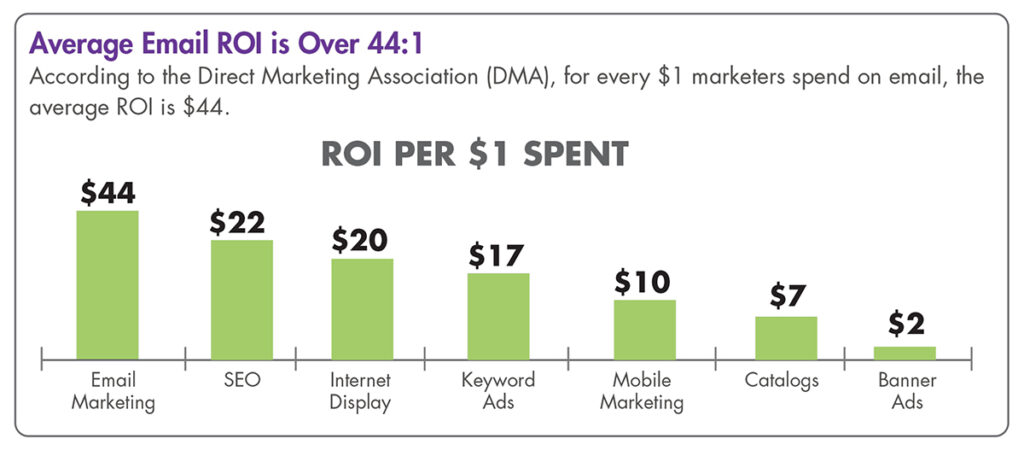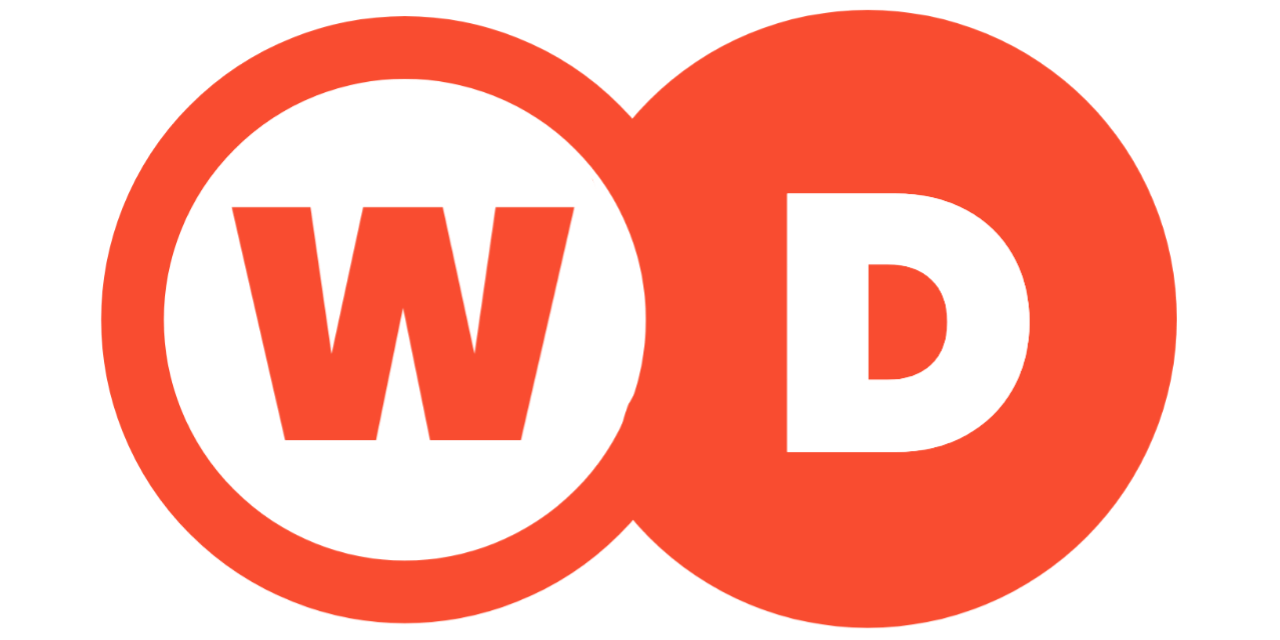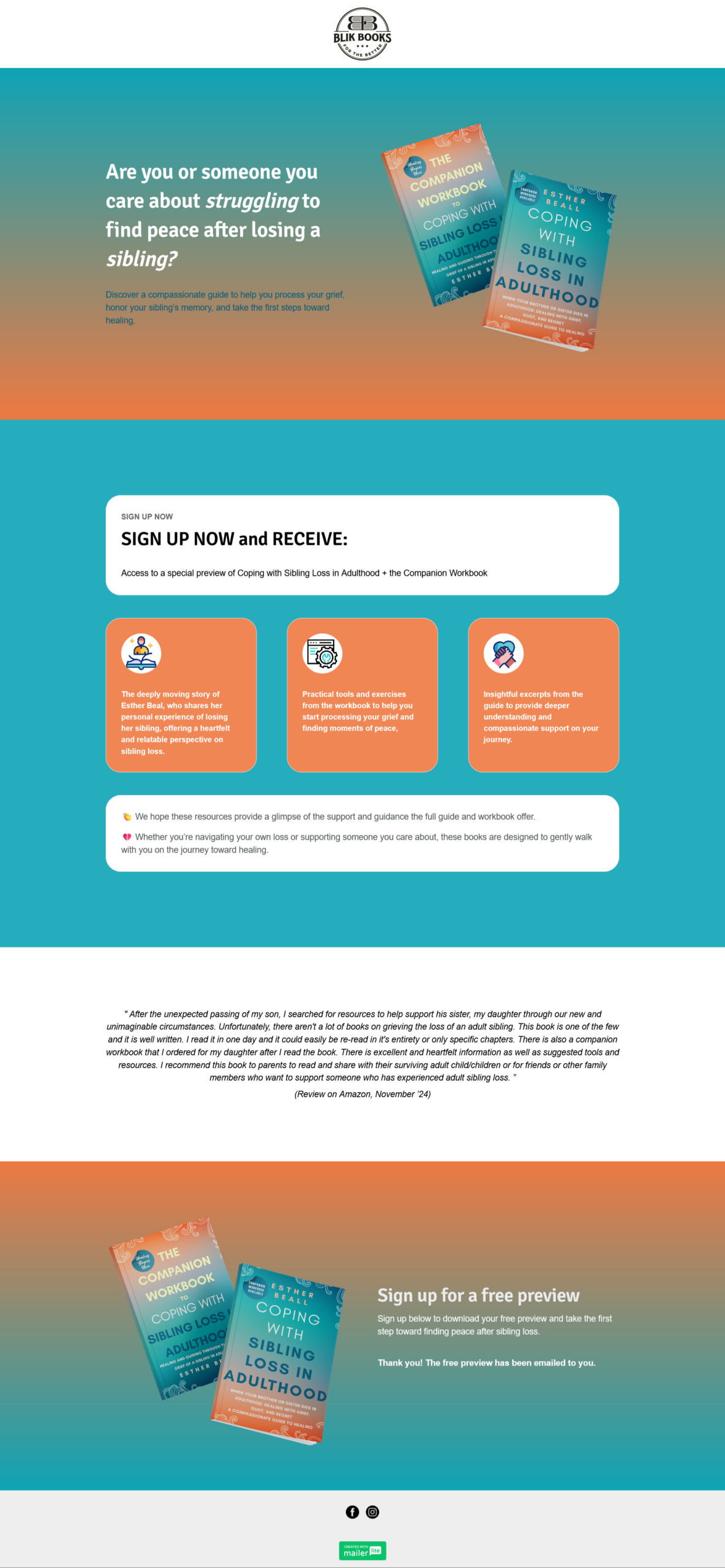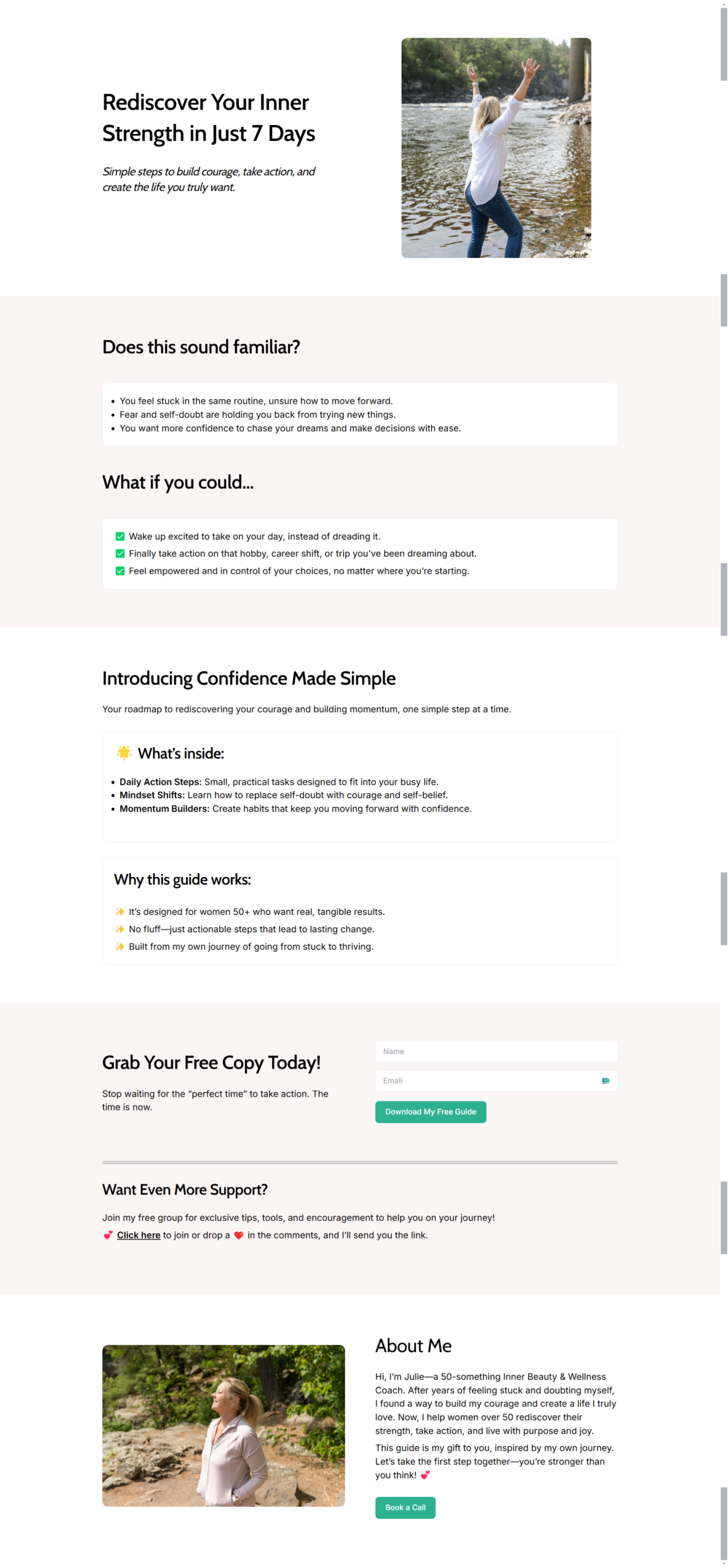Email marketing remains one of the most powerful digital marketing channels, delivering an average ROI of $36 for every $1 spent. But with dozens of platforms available—each with different features, pricing models, and capabilities—how do you choose the solution that will truly help you connect with your audience and drive business growth?

This comprehensive guide will walk you through everything you need to know to select the perfect email marketing platform for your specific needs.
Why Your Choice of Email Platform Matters More Than Ever
In today’s crowded digital landscape, email offers something increasingly rare: direct access to your audience’s inbox. Unlike social media platforms where algorithms control your reach, email puts you in the driver’s seat. But to maximize this advantage, you need the right tools.
The Business Impact of Choosing Wisely
The platform you select will influence:
- Engagement rates: Better tools = more opens and clicks
- Conversion rates: More sophisticated platforms drive more sales
- Team productivity: Intuitive interfaces save hours per week
- Data insights: Robust analytics inform better decisions
- Scalability: The right platform grows with your business
Key Features to Evaluate in an Email Marketing Platform
Not all email platforms are created equal. Here are the essential capabilities to consider:
1. User Experience and Learning Curve
- Drag-and-drop editors vs. HTML coding options
- Onboarding resources and training materials
- Mobile app availability for management on-the-go
2. Automation Capabilities
Look for:
- Visual workflow builders
- Behavioral triggers (opens, clicks, purchases)
- Multi-step nurture sequences
- Advanced logic (if/then branching)
3. List Management and Segmentation
Essential features:
- Dynamic segmentation based on behavior
- Tagging and custom fields
- List cleaning tools
- GDPR/compliance features
4. Design Flexibility
Evaluate:
- Template library quality
- Mobile-responsive designs
- Custom CSS options
- A/B testing capabilities
5. Analytics and Reporting
Must-have metrics:
- Real-time performance tracking
- Revenue attribution
- Subscriber engagement scoring
- Comparative period reporting
6. Integration Ecosystem
Check compatibility with:
- Your CRM (Salesforce, HubSpot, etc.)
- Ecommerce platforms
- Webinar tools
- Payment processors
- Social media platforms
In-Depth Platform Comparison
Here’s a detailed look at top contenders across different business needs:
Best for Beginners: Mailchimp
Pros:
- Intuitive interface
- Generous free plan
- All-in-one marketing features
Cons: - Limited automation in lower tiers
- Can get expensive as list grows
Best for Ecommerce: Klaviyo
Pros:
- Deep Shopify integration
- Advanced segmentation
- Powerful product recommendations
Cons: - Steeper learning curve
- Higher price point
Best for WordPress Users: FluentCRM
Pros:
- Self-hosted solution
- One-time payment option
- Full data ownership
Cons: - Requires technical setup
- Limited integrations
Best for Agencies: ActiveCampaign
Pros:
- Client management features
- Sophisticated automation
- Excellent deliverability
Cons: - Complex for simple needs
- No free plan
Best Budget Option: MailerLite
Pros:
- Affordable pricing
- Simple but capable
- Good automation
Cons: - Fewer advanced features
- Limited integrations
The Platform Selection Process: A Step-by-Step Guide
Step 1: Audit Your Current Needs
- List size and growth rate
- Required features vs. nice-to-haves
- Team skill level
- Integration requirements
Step 2: Project Future Requirements
- Expected list growth
- Planned automation complexity
- Additional channels (SMS, etc.)
- International expansion plans
Step 3: Set Your Budget Parameters
- Monthly vs. annual billing
- Cost per subscriber models
- Feature tier considerations
- Hidden cost awareness
Step 4: Test Drive Top Contenders
Take advantage of:
- Free plans
- Trial periods
- Demo accounts
- Sandbox environments
Step 5: Evaluate Support Resources
Check:
- Knowledge base quality
- Community forums
- Live support availability
- Implementation assistance
Implementation Best Practices
Once you’ve selected your platform:
- Properly Import Your List: Clean contacts first to maintain deliverability
- Set Up Key Automations: Welcome series, post-purchase flows
- Configure Essential Integrations: Connect to your CRM and other tools
- Train Your Team: Ensure everyone can use the platform effectively
- Establish Reporting: Set up dashboards for key metrics
Common Pitfalls to Avoid
- Overbuying: Don’t pay for features you won’t use
- Underestimating Learning Curves: Factor in training time
- Ignoring Deliverability: Check the platform’s sender reputation
- Neglecting Mobile Experience: Test all templates on mobile devices
- Forgetting to Scale: Ensure the platform can grow with you
The Future of Email Marketing Platforms
Emerging trends to consider:
- AI-powered content suggestions
- Predictive send-time optimization
- Advanced behavioral targeting
- Tighter ecommerce integrations
- Interactive email elements
Final Recommendation
The “best” platform depends entirely on your specific business needs, budget, and technical capabilities. For most small businesses just starting out, Mailchimp or MailerLite offer the best balance of ease-of-use and features. Growing ecommerce businesses should strongly consider Klaviyo, while agencies may prefer ActiveCampaign.
Remember that you can always migrate as your needs evolve. The most important thing is to get started with a solid foundation that allows you to connect with your audience effectively today while providing room to grow tomorrow.
Ready to take your email marketing to the next level? The right platform is waiting to help you build stronger customer relationships and drive more revenue. Start your evaluation process today!












